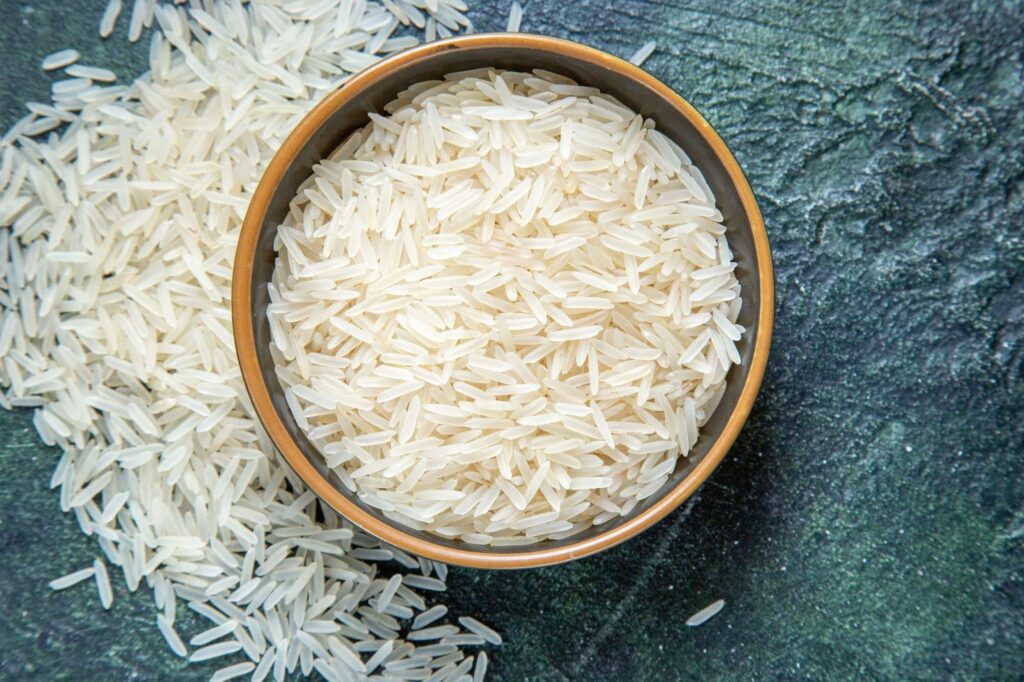Rice is a versatile, easy-to-prepare, and healthy ingredient that can be eaten at every meal, and it’s hard to think of a grain that is more universal than rice. Among the distinguishing factors in rice varieties, the length of the grain holds significant importance. In this blog, we will talk about short vs long grain rice and its characteristic impacts on the texture, taste, and cooking properties. We will also be exploring why the length of the grain matters, shedding light on its culinary significance and the different ways it can be enjoyed.
Short and Long Grain Rice
When it comes to rice, one might wonder: Does the length of the grain matter? The answer is a resounding yes. Rice is classified into two primary categories based on its grain length: short grain and long grain. Short-grain rice tends to be plump, almost round, while long-grain rice boasts slender, elongated grains. Each type offers a unique set of characteristics that sets them apart, making them ideal for specific culinary purposes.

Short and Long Grain Rice
The length of the rice grain affects several aspects of the cooking and eating experience; it impacts the texture of the cooked rice. Short-grain rice has a higher starch content and tends to be stickier when cooked, making it perfect for dishes such as sushi, risotto, or rice pudding, where a creamy and cohesive texture is desired. On the other hand, long-grain rice has less starch content and cooks up light, fluffy, and separate, making it an excellent choice for dishes like pilaf, biryani, or fried rice.
Short vs Long Grain Rice
– Long-Grain Rice

Basmati rice and jasmine rice are both examples of long-grain rice. Like the regular white and brown rice found in every grocery store, long-grain rice is approximately three to five times as long as it is wide. Long-grain rice is typically a bit drier than short-grain rice, and it’s considered to be the most forgiving rice to cook because the grains are less likely to stick to each other or the pan. Barkat Rice deals in the finest organic basmati rice and has a range of long-grain rice for various rice preparations.
– Short-Grain Rice

Starchier, stickier, and shorter (just under 5.5 millimeters) than long-grain rice, short-grain rice has both sweet and savory applications. The starches from short-grain rice are what create the super creamy texture found in some rice-based recipes. Arborio rice and Carnaroli rice are two varieties of short-grain white rice that are used to make risotto. In addition to these varieties, you can also find regular white and brown short-grain rice in the grocery store, which can be used for creamy rice pudding. Sushi rice is another variety of short-grain rice that is particularly sticky, which makes it perfect for filling sheets of nori along with vegetables.
Why does rice length matter?
- Texture: The length of the grain determines the texture of the cooked rice, with short-grain rice being stickier and long-grain rice being fluffier and more separate.
- Culinary Applications: Different rice lengths lend themselves to specific culinary applications. Short-grain rice is commonly used in dishes requiring a sticky texture, while long-grain rice is preferred for dishes where a light and fluffy texture is desired.
- Absorption and Cooking Time: Due to variations in starch content, rice length affects the absorption of liquids during cooking and can impact cooking times as well.
- Visual Appeal: The length of the grain also contributes to the visual presentation of a dish, with shorter grains creating a plumper appearance and longer grains providing an elongated and elegant look.
Conclusion
The length of rice plays an important role in the culinary world. Whether you are seeking a sticky, creamy texture or a light, fluffy bite, understanding the characteristics of short and long-grain rice can upgrade your cooking and dining experience. So, next time you reach for that bag of rice, consider the grain length and embark on a gastronomical adventure that celebrates the diverse possibilities rice has to offer.
